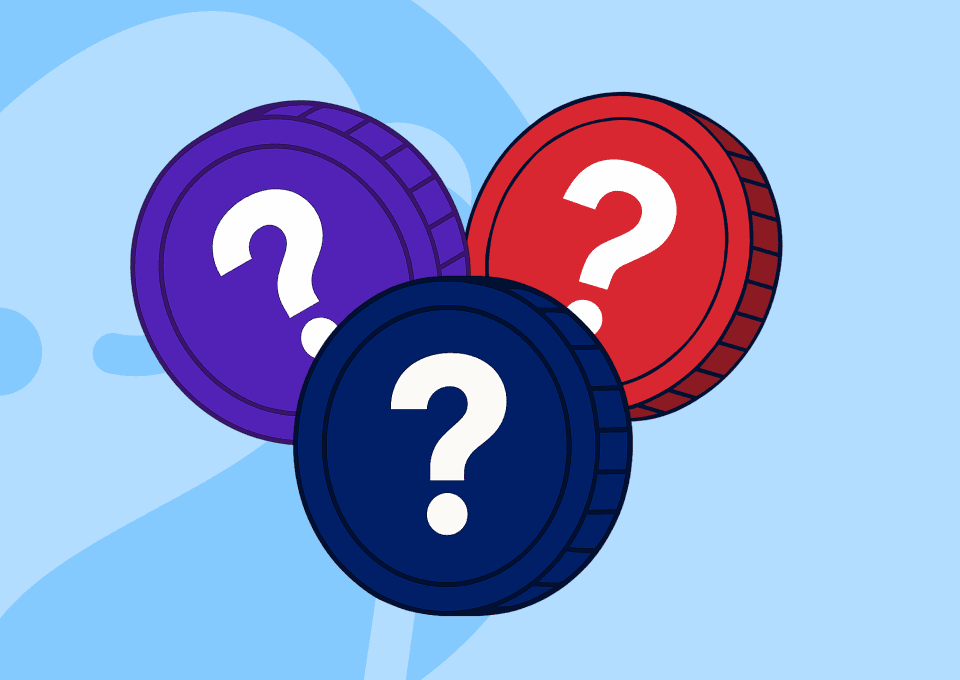An In-depth Overview of NEAR Protocol
By Pratik Bhuyan Updated October 31, 2024

Introduction
Blockchain technology has evolved beyond cryptocurrencies, offering a decentralized, transparent, and secure platform for various industries. This has led to a competitive landscape of blockchain platforms, but NEAR is one such protocol that stood out for its user-friendly, carbon-neutral and infinitely scalable approach. It’s a proof-of-stake protocol designed for mainstream applications, with features like named accounts, account abstraction, and aims to make blockchain easily accessible to both developers and end-users. Its commitment to environmental sustainability and significant milestones, such as 100% uptime and over 800 million transactions processed, position it as a strong competitor in the blockchain space.
History of Near Protocol
NEAR Protocol was conceived by Illia Polosukhin and Alexander Skidanov, two accomplished software engineers. Skidanov previously held a position as a software developer at Microsoft and later became the director of engineering at MemSQL. Polosukhin, on the other hand, worked as an engineering manager at Google's research facility, where he played a pivotal role in developing natural language algorithms for Google Translate. Additionally, he contributed to the creation of SKFlow, a machine learning platform for Google TensorFlow. In 2017, the duo founded NEAR, initially envisioned as a machine learning platform called NEAR.ai.
While working on their project, they came across programmable smart contracts and cryptocurrencies that piqued their interest. After going through multiple blockchain networks in early 2018, they found that the current state of technology could not fulfil their requirements and goals. Therefore, in August 2018, Illia and Skidanov brought together a team of engineers and officially commenced the development of the NEAR Protocol.
How Does It Work?
In its pursuit of efficiency, the NEAR Protocol introduces a groundbreaking consensus mechanism called Doomslug. This approach ensures block finality in mere seconds by having validators produce blocks in an alternating manner.
Additionally, the Thresholded Proof of Stake (TPoS) mechanism is employed for reaching consensus among the network's nodes. To participate as transaction validators, nodes must stake NEAR tokens. Token holders who do not wish to run a node can delegate their stake to any validator of their choice. Validators are selected by NEAR through an auction every epoch (approximately every 12 hours), and the minimum stake required for eligibility is determined by TPoS. Those staking more than the required amount have a chance to be chosen as validators, proportional to their stake size.
To boost the network's processing capability, the NEAR Protocol integrates several features, including:
- Nightshade Sharding: This sharding technique enables each participating node to store a small amount of data on the network, allowing it to scale more efficiently and handle more transactions per second at lower costs.
- Aurora Network: Aurora is a layer-2 solution built on the NEAR Protocol blockchain, aiming to assist developers in scaling their apps on an Ethereum-compatible platform with reduced transaction fees for users. Aurora claims it can support thousands of transactions per second with under 2 seconds of block confirmation time.
- Rainbow Bridge: The Rainbow Bridge is a NEAR plugin that enables users to transfer ERC-20 tokens, stablecoins, wrapped tokens, and even NFTs between the Ethereum and NEAR blockchains. This allows users and developers to benefit from the increased throughput and lower costs of the NEAR Protocol.
The Rainbow Bridge is entirely decentralized and permissionless. Users can instantly transfer ERC-20 assets from MetaMask or other Web3 wallets to their NEAR Wallet and vice versa. Transactions on NEAR typically get confirmed within 2 seconds and cost less than a dollar, although moving tokens back to Ethereum may incur higher costs and longer confirmation times depending on gas fees and Ethereum network traffic.
Key Features of Near Protocol
The key features of the NEAR Protocol can be summarized as follows:
- Community-managed sharded blockchain platform
- "Doomslug" consensus method for efficient block creation
- Nightshade sharding enables concurrent transactions across multiple chains
- NEAR native token (NEAR) used for on-chain data storage security and transaction fees
- Validators stake NEAR for rewards
- NEAR coins incentivize ecosystem stakeholders
- High-speed processing, up to 100,000 transactions per second & immediate block generation
- Integration with existing networks through the Aurora Network
- Rainbow Bridge facilitates token transfers between NEAR Protocol, Ethereum, and Aurora Network
The Near Ecosystem
Over the years, the NEAR Protocol has evolved into a thriving ecosystem, encompassing a wide array of decentralized applications (dApps) that cater to diverse sectors and industries. Here are some key projects that have emerged on top of the protocol:
- Sender Labs: It’s a dedicated infrastructure service provider, backed by prestigious institutions such as Binance Labs and Pantera Capital. Its flagship product, the Sender Wallet, has become the largest wallet in the NEAR ecosystem, offering users a comprehensive solution for sending, receiving, and securely storing NEAR-based assets.
- Ref Finance: A full-fledged DeFi platform that offers a range of financial services such as lending, borrowing, and yield farming. It provides users with access to liquidity pools and allows them to earn rewards by participating in various DeFi activities.
- Sweat Economy: Sweat Economy is a project built on the NEAR Protocol that aims to incentivize physical activity and promote healthier lifestyles. By rewarding users with digital tokens for engaging in physical activities, Sweat Economy encourages a more active and healthier society.
- Paras: Paras is a marketplace for digital art and collectibles on NEAR Protocol. It provides a platform for artists and creators to tokenize and sell their digital creations as NFTs, fostering a vibrant community of collectors and enthusiasts.
- SputnikDAO: SputnikDAO is a decentralized autonomous organization (DAO) platform built on NEAR Protocol. It allows users to create, manage, and participate in DAOs with ease, enabling decentralized decision-making and governance.
These projects represent just a fraction of the diverse ecosystem flourishing on NEAR Protocol, showcasing the platform's versatility and potential, from finance to gaming and digital art. As the ecosystem continues to evolve, we can expect to see even more such projects.
Conclusion
Despite facing stiff competition from emerging rivals such as Aptos, Sei and Celestia, the native token of the NEAR Protocol has demonstrated its growing acceptance through a remarkable 250% price surge this year alone—thus indicating a robust and resilient community backing the project.
This promising development, coupled with its commitment to scalability and user experience, suggests that NEAR Protocol could play a crucial role in shaping the future of blockchain technology and decentralized applications. As a third-generation blockchain, NEAR holds the potential to emerge as a leading blockchain network which can be home to a number of solid dApp across categories. The protocol remains an ambitious venture and only time will tell the impact NEAR Protocol has in the future.
Join the Beluga Brief
Dive deep into weekly insights, analysis, and strategies tailored to you, empowering you to navigate the volatile crypto markets with confidence.
Never be the last to know
and follow us on X








